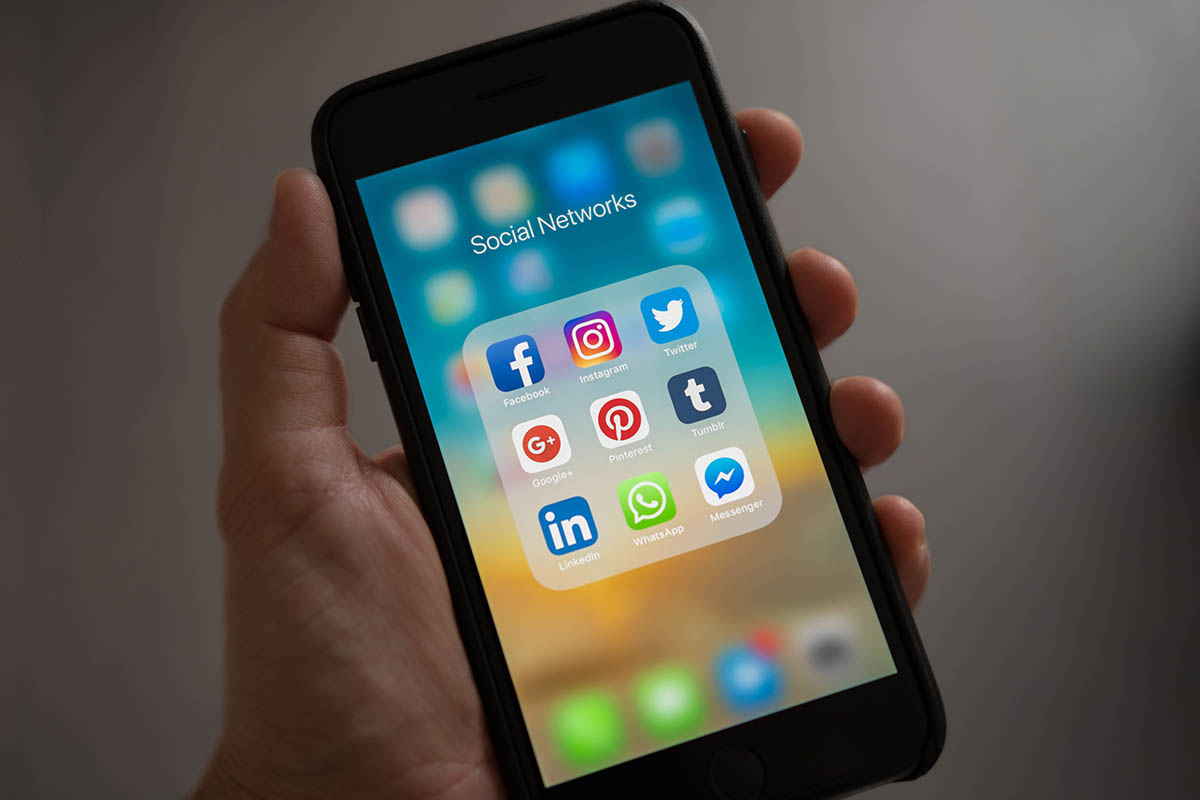Creating a More Just and Merciful World
How Digital Media Has Changed Communications

Technology has transformed the way we interact in profound ways.
New devices and platforms are constantly coming out. We can communicate and work seamlessly while being remote or traveling. In homes and offices, we can get information and operate things with the stroke of a finger or sound of a voice.
The communications field, in particular, has been greatly impacted by digital media and technology. Here are some ways digital media has changed communications:
New Media vs. Traditional Media
New technology has created compelling opportunities for advertisers and media organizations to communicate with audiences. People used to rely on newspapers and television to get information. There are now several channels and outlets for people to consume content, spanning websites, video platforms and social media.
Social media apps and sites, including Facebook, Twitter and Instagram, are now the go-to sources for breaking news and information. This has caused competition between professional journalists and amateur publishers for readers’ attention.
Numerous platforms also mean there are many more ways advertisers can reach consumers. Instead of focusing on everybody, advertisers can now display ads that appeal to individualized interests. They have also expanded their marketing and communications capabilities, including:
- Retargeting ads, which follow web users as they visit various sites.
- Native advertising, which resembles editorial content in a publication, but is paid for by an advertiser to promote a product or service.
- Customer relationship management tools that allow for greater automation and insights into customer data.
- Big data, which provides marketers with vast amounts of information about audiences so they can make predictions and smarter decisions.
Media Consumption Habits
Meanwhile, Americans are spending more time on mobile devices. Since 2011, mobile internet usage has grown 504% in daily media consumption.
According to a new report from mobile data and analytics firm App Annie, global consumers are now spending an average of 4.2 hours per day using apps on their smartphones, an increase of 30% from just two years prior. In some markets, the average is even higher, topping more than five hours.
The growing variety of tech devices means people can be constantly connected through a computer or mobile phone anywhere.
Time and Money
Although we are spending more time online, technology has saved us time and money in many areas of our lives, whether through online shopping and banking, less paper use or the assistance of navigation and location tracking while driving and traveling.
Communication today is instantaneous with the help of social media, emails and text messaging. We can send a message and receive a response in seconds. Digital communication also allows us to share photos, videos and stories instantly.
In the Workplace
Technology has changed how businesses market, operate and interact with employees.
For businesses, technology has improved collaboration, costs and co-worker communication. Today, work teams have several options to communicate without being face to face, including by email, instant and direct messaging and group collaboration software. Video conferencing and teleworking also became major activities recently as people across the world worked from home during the coronavirus pandemic.
Opportunities in Digital Media
Digital media has become an essential part of daily life. You can learn the skills needed for this rapidly evolving field in Carlow University’s Bachelor’s in Digital Media degree program. As a Communication major specializing in Digital Media, you can gain experience in marketing, social media and public relations. You will master the elements and software of digital media to deliver your message clearly, concisely and widely through courses such as Digital Storytelling, Mass Media Society and Communication Ethics.
